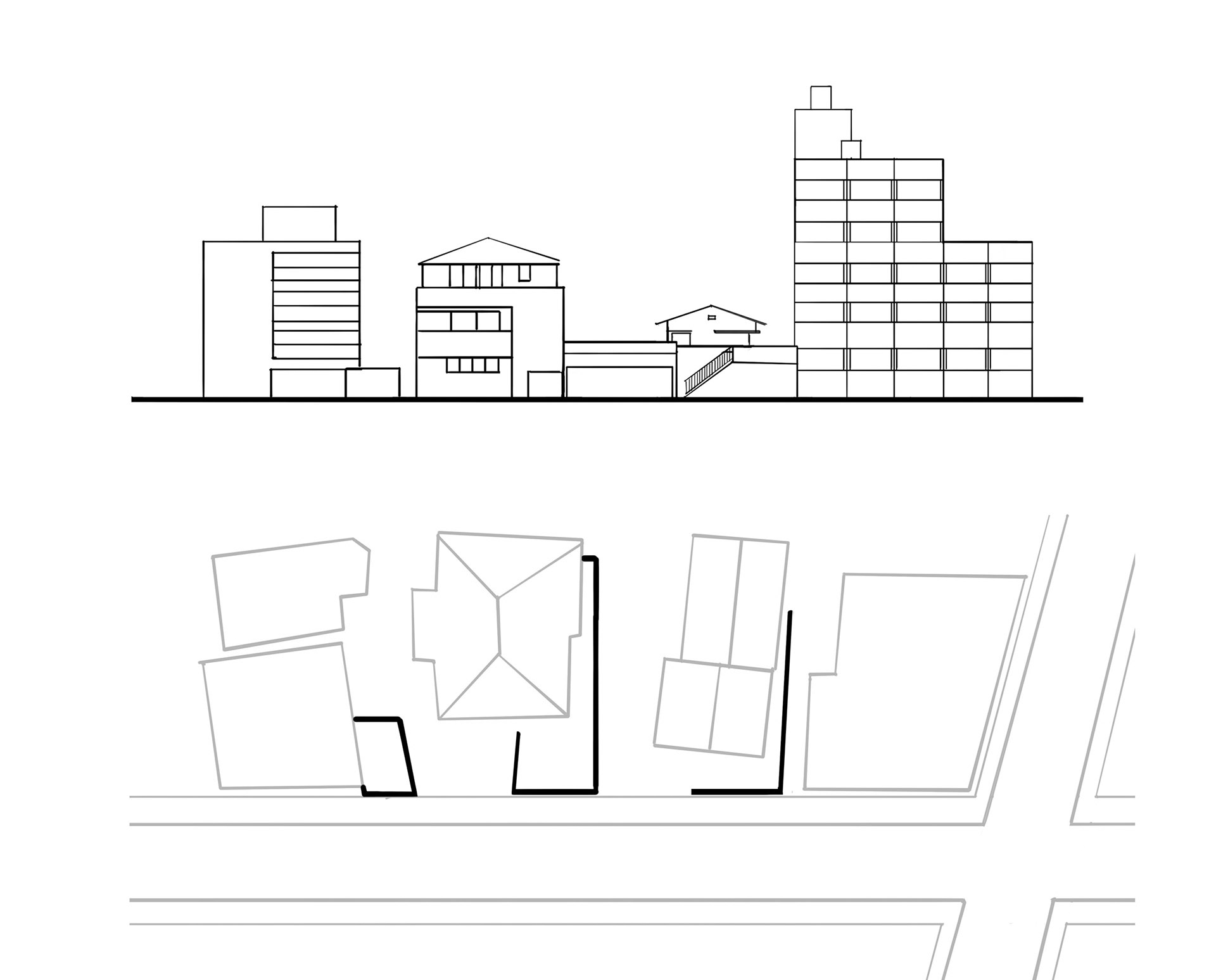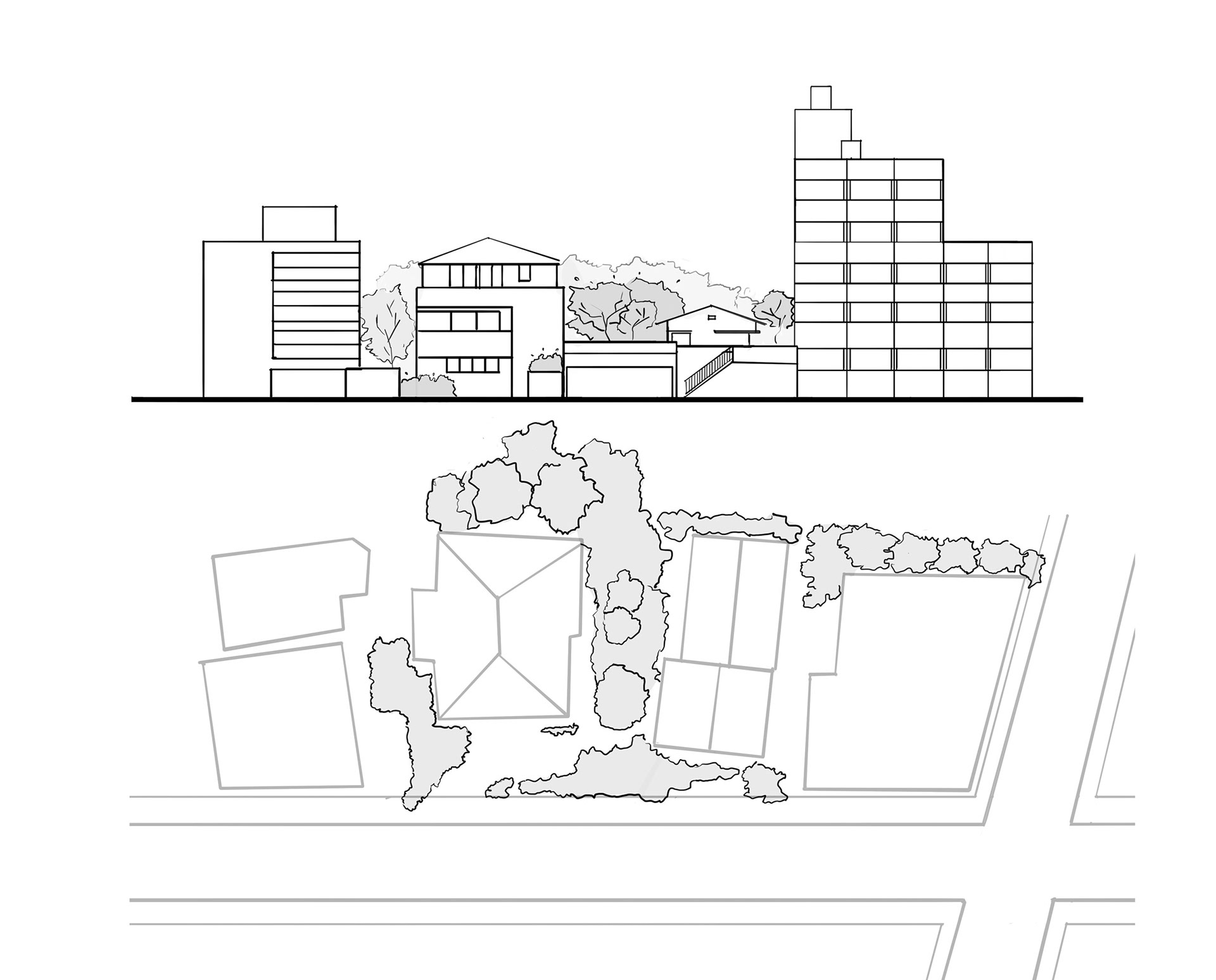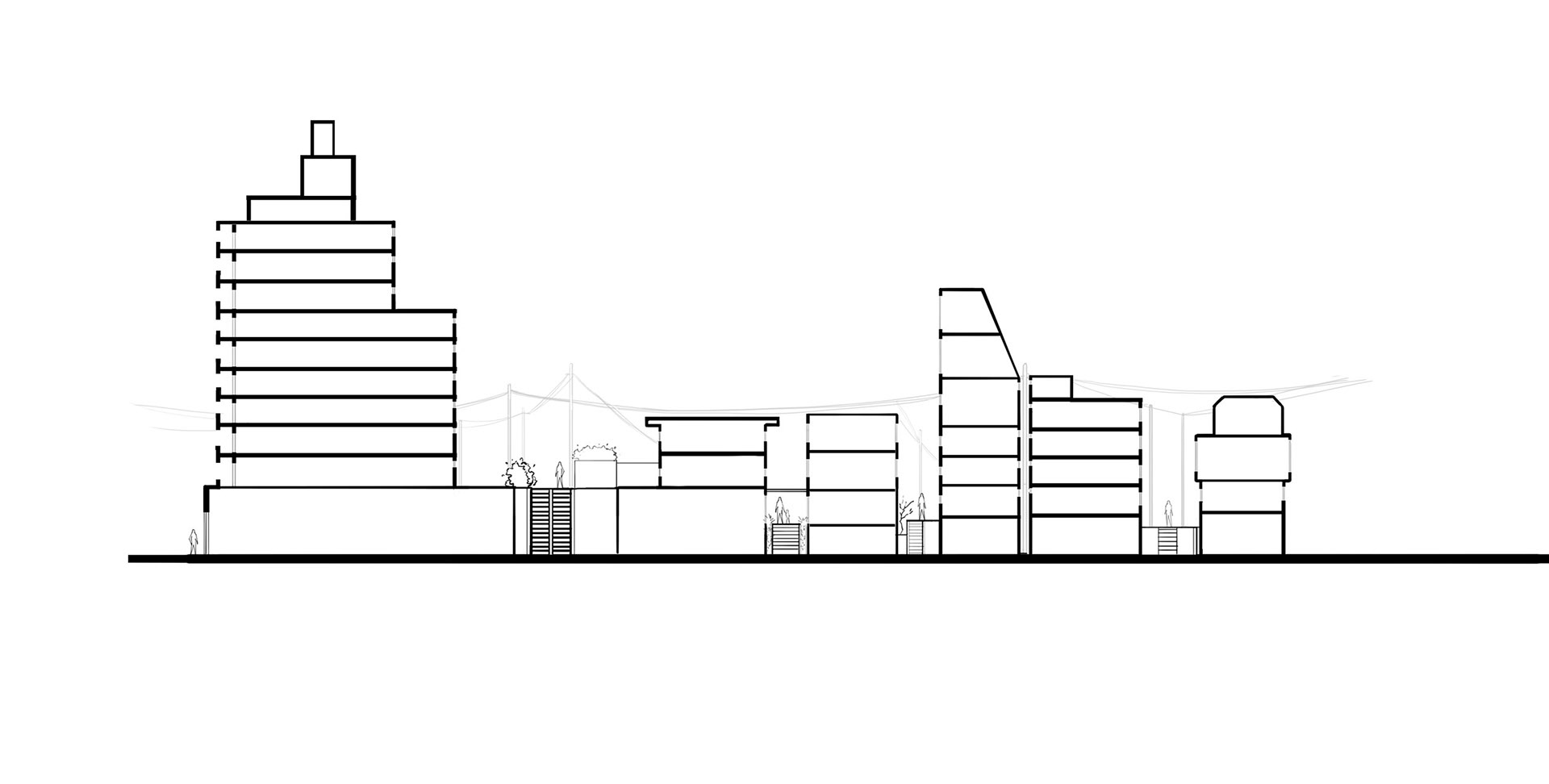In the Autumn semester of 2020, I did a TA (teaching assistant) work at Kawazoe Laboratory at the University of Tokyo. Together with an assistant professor Hiroki Kominami we developed a studio brief which was centered around exploring two directions in the urban-architectural formation which we called 'total architetcure' and 'fragmentary' architecture borrowing these words and concepts from the architect and professor Yoshinobu Ashihara, introduced by him in the book 'The Aesthetics of Tokyo' (1998).
Below, left to right: Kawagoe in Saitama by Veronika Ikonnikova (2017), Warsaw by Yoshinobu Ashihara (1998), Andalusia by Bernard Rudofsky (1964), Tokyo by Veronika Ikonnikova (2017).
Below: book 'The Aesthetics of Tokyo' by Yoshinobu Ashihara (1998), and the chapters 15 and 16 which especially inspired and informed the studio brief.
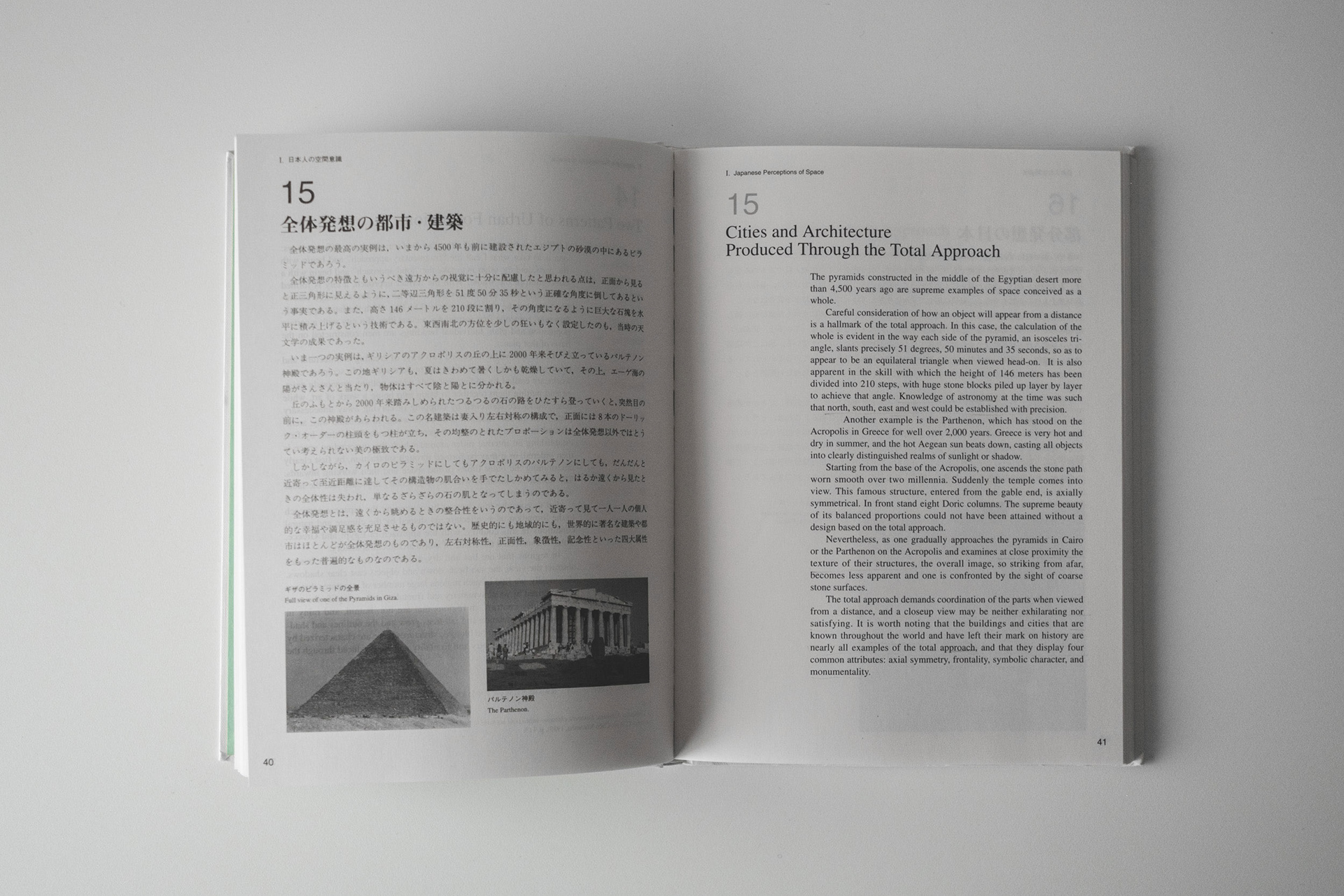
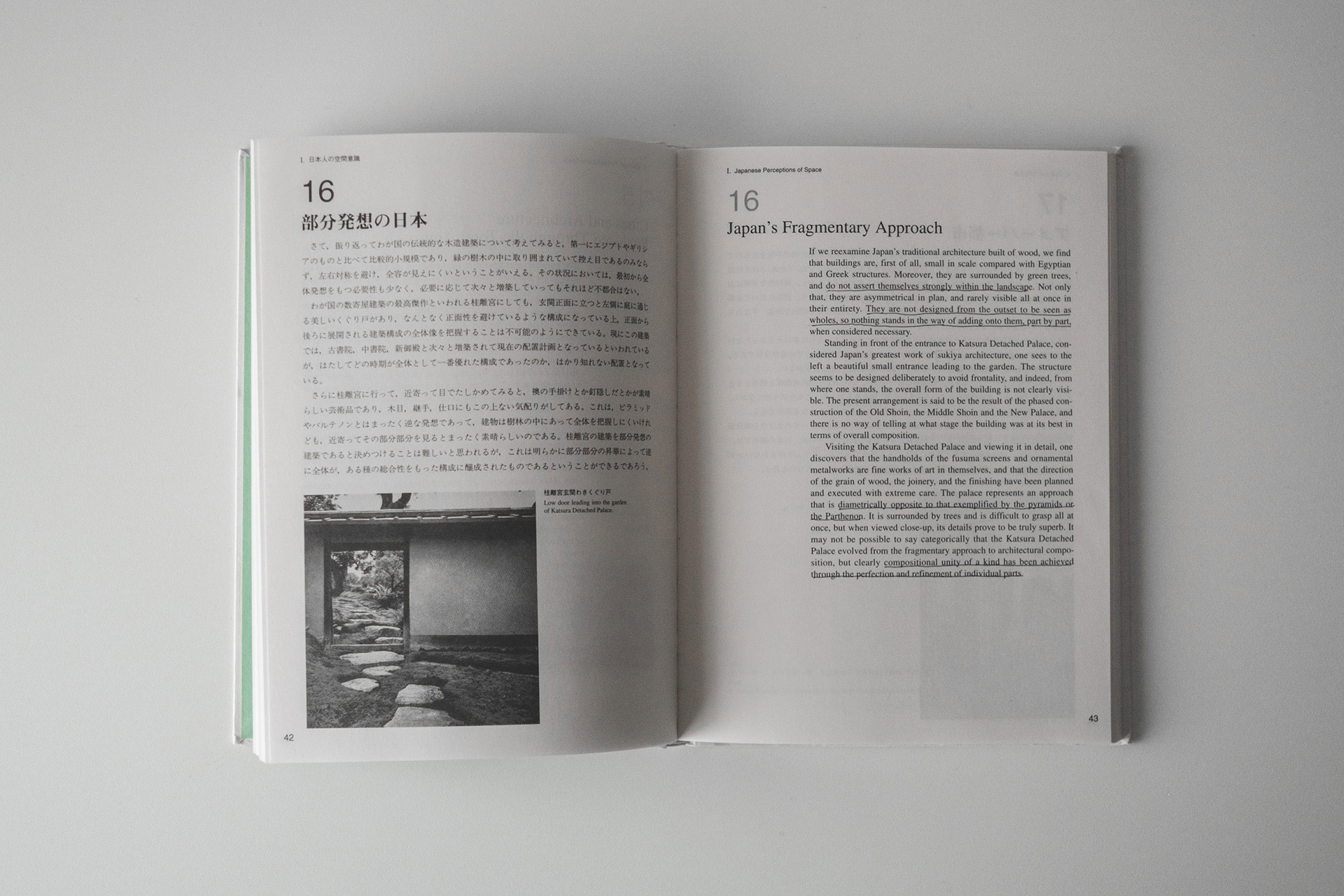
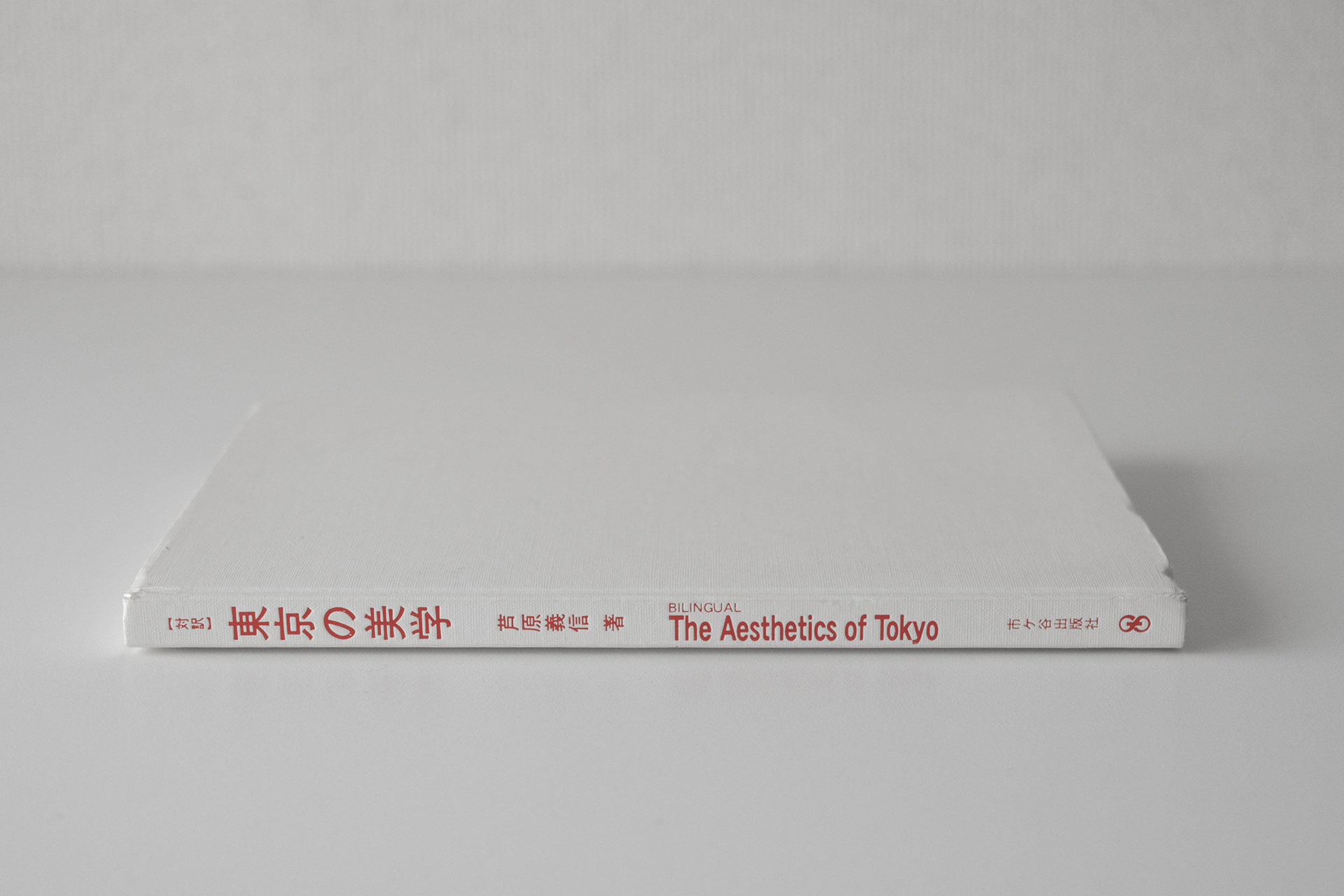
Historically, two approaches have developed within urban planning and architecture design, which were pointed out, among others, by Prof. Yoshinobu Ashihara in his book 'The Aesthetics of Tokyo' (1989).
One can be referred to as a whole-oriented approach—when an individual, or a group of individuals create an image of a future city from the start, a master plan of a city is drafted, and individual architecture then inserted into the city following the original image. This kind of architecture is predominantly concerned with the final (exterior) expression and a holistic image of an urban unit. This approach is exemplified by European old cities (which are nowadays known as old city centers). This kind of architectural approach is what we are referring to as ‘total architecture’.
The opposite approach of formation of an urban unit is by starting from a single building or structure, and then gradually adding to it. Most of the vernacular architecture and cities can serve as examples of this approach (see ‘Architecture without architects’ by Bernard Rudofsky for the examples of naturally developed vernacular settlements). This is a part-oriented approach, or what we will be referring to as ‘fragmentary architecture’.
Tokyo is one great example of ‘fragmentary architecture’. For various historical and cultural reasons, Tokyo does not possess a holistic urban image or a precise master-plan. The city has become sub-divided in often irregular plots of land, on which individual architecture emerges to suit the needs of the private owners, often without consideration of its immediate architectural environment. This creates a peculiar, seemingly-chaotic townscape, which, however, possesses a hidden order, as noted by Prof. Yoshinobu Ashihara (Ashihara 1989).
Both ‘total architecture’ and ‘fragmentary architecture’ have yielded beautiful examples of cities and architecture, and the goal of this studio was to deepen the understanding about both of the approaches, and design through the framework of balancing both.
The studio was divided into two parts: a research / analytical investigation stage, and a design stage, with the time allocation of approximately 30/70 ratio.
During the research stage, the students were asked to pick two examples of urban forms—one from each respective approaches: total (oriented) and fragmentary (part-oriented).
Below: example diagrams for analyzing the two examples of urban form. On the left—a city block from Paris, on the right—a city block from Tokyo.
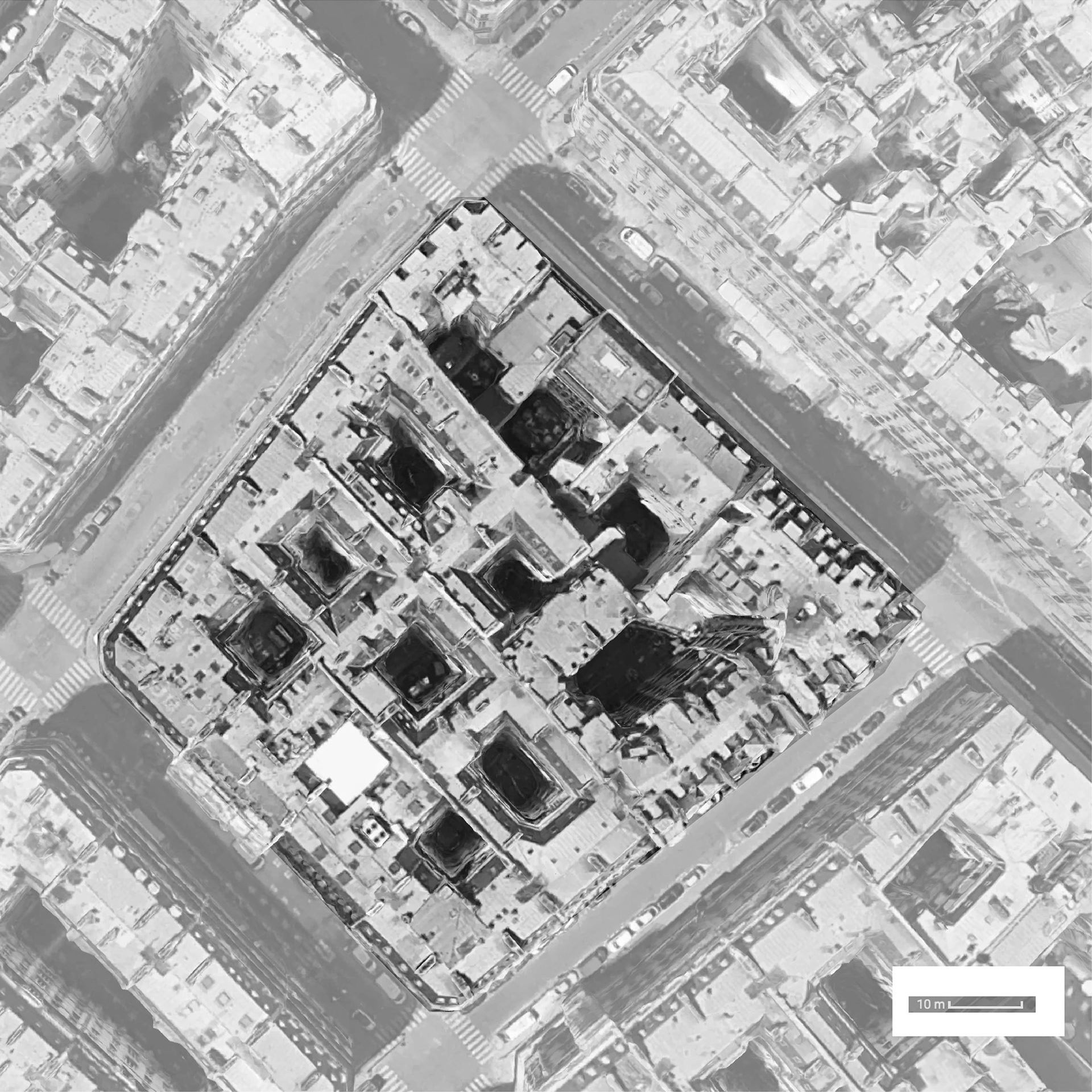
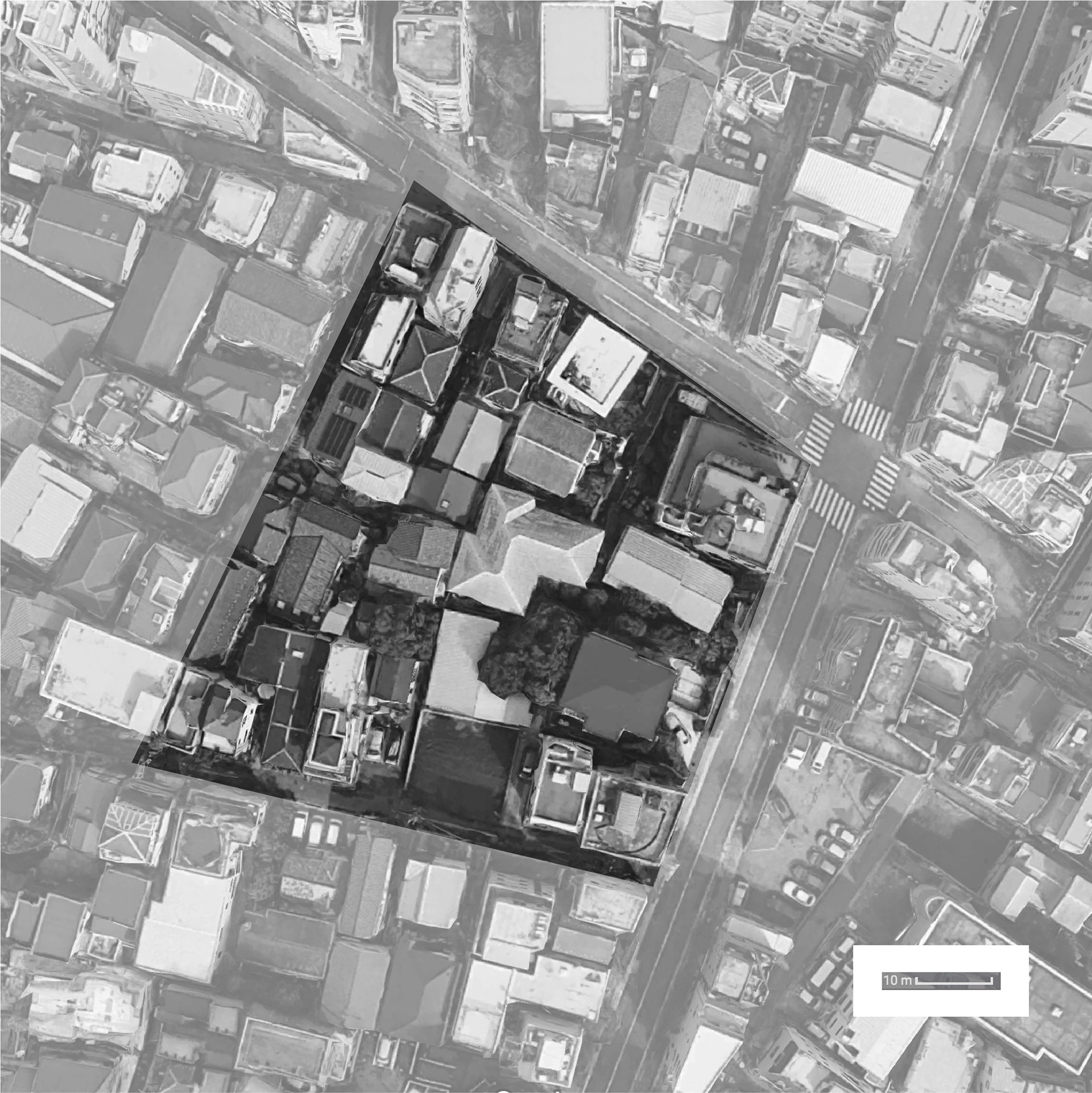
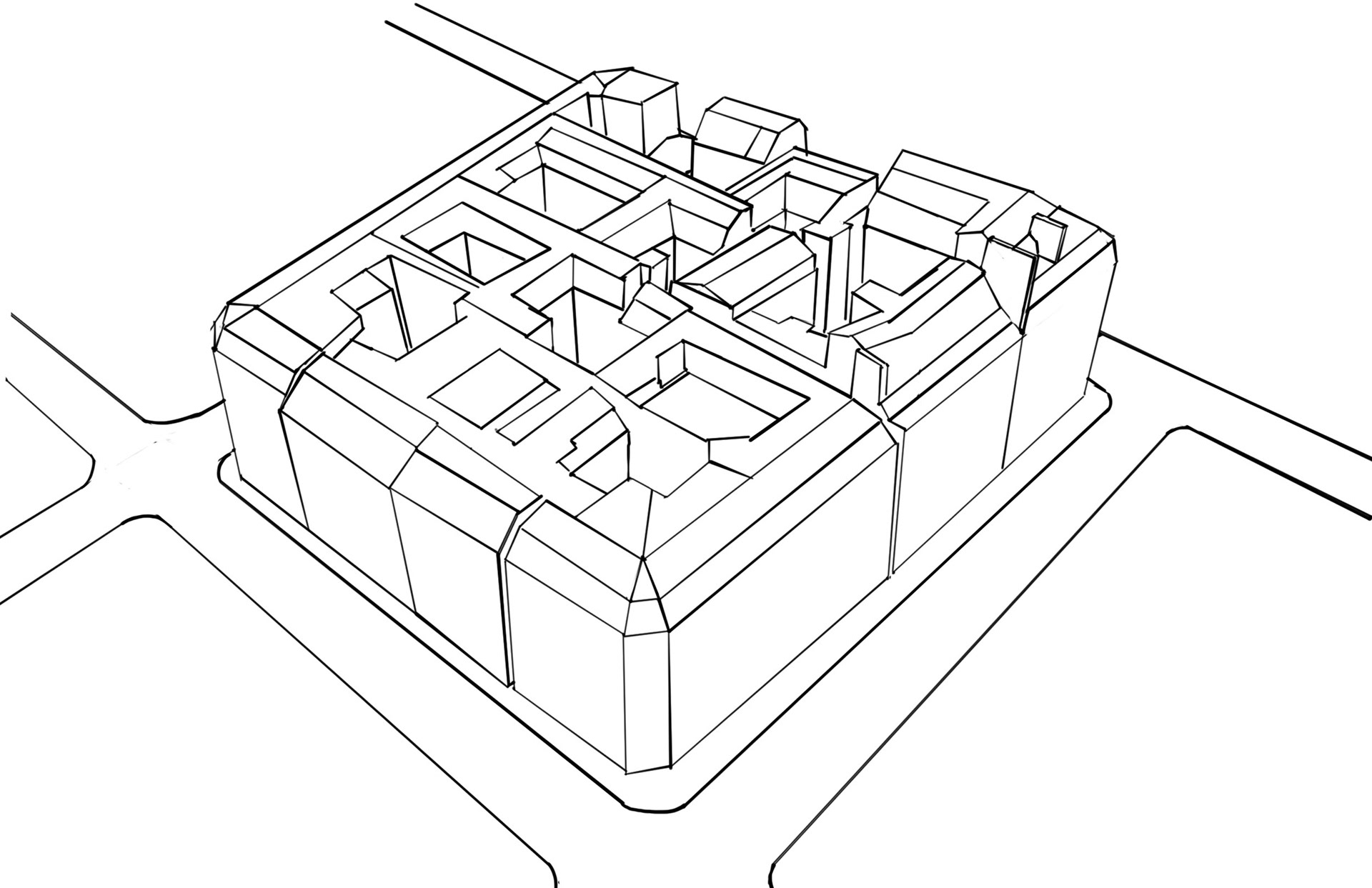
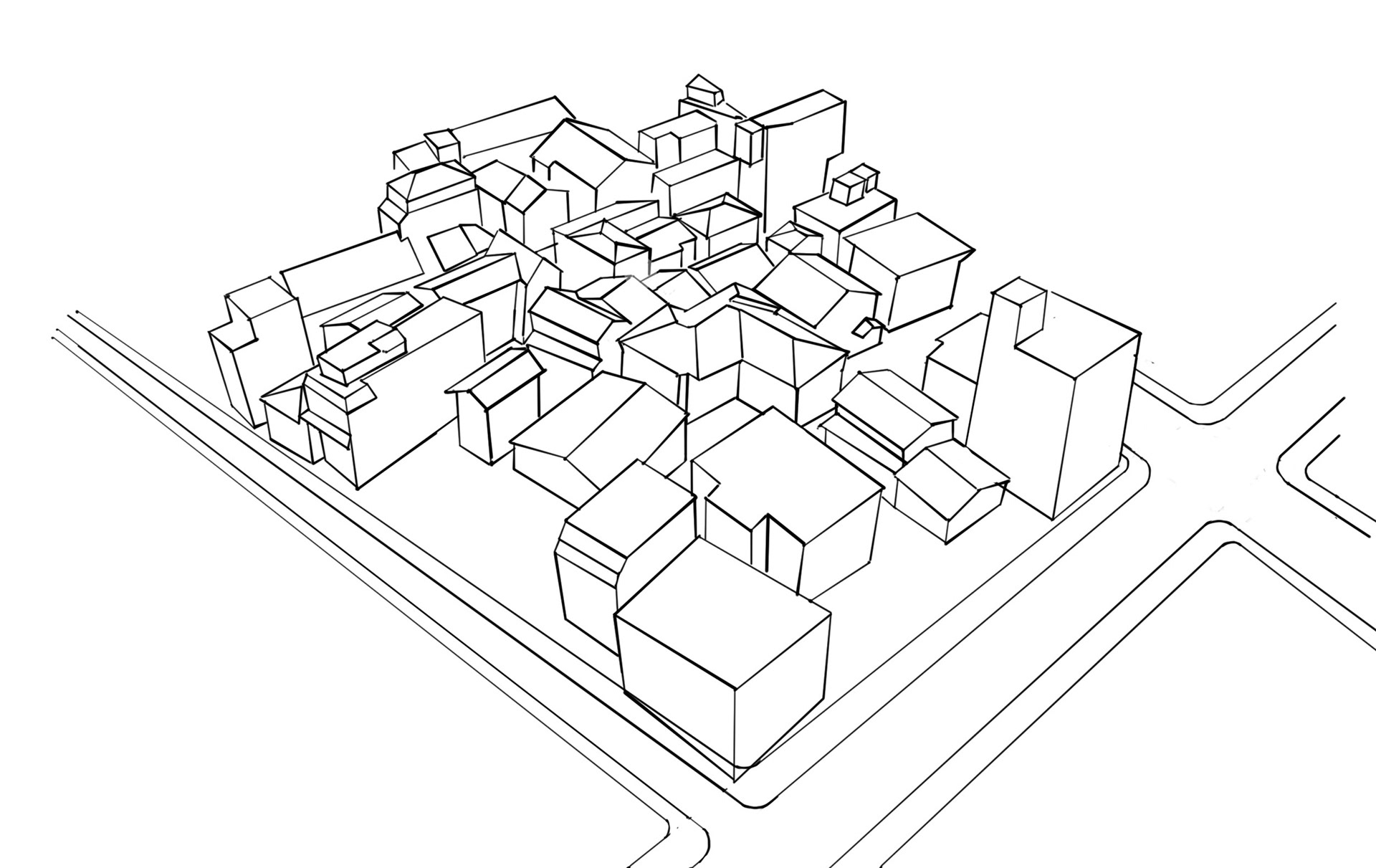
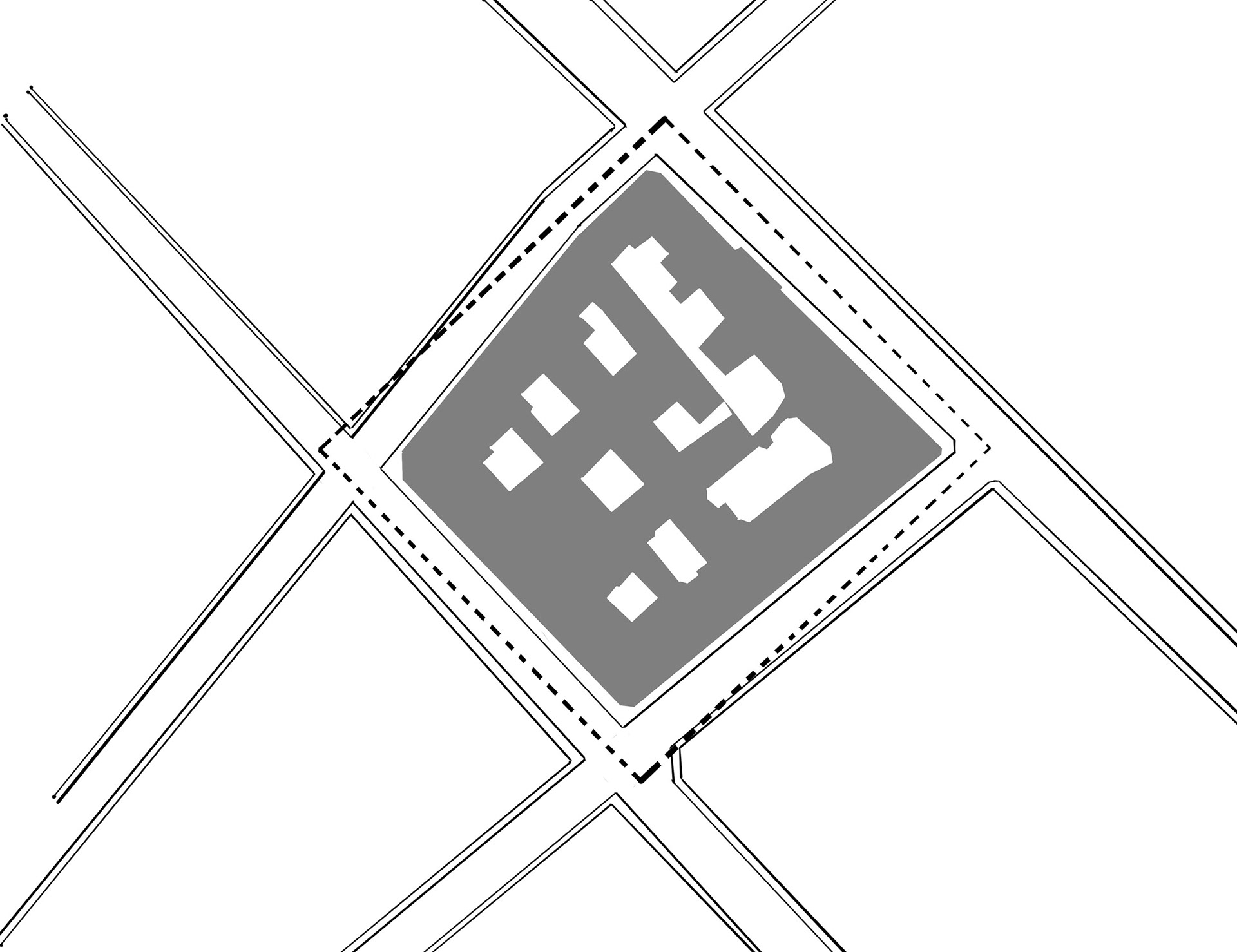
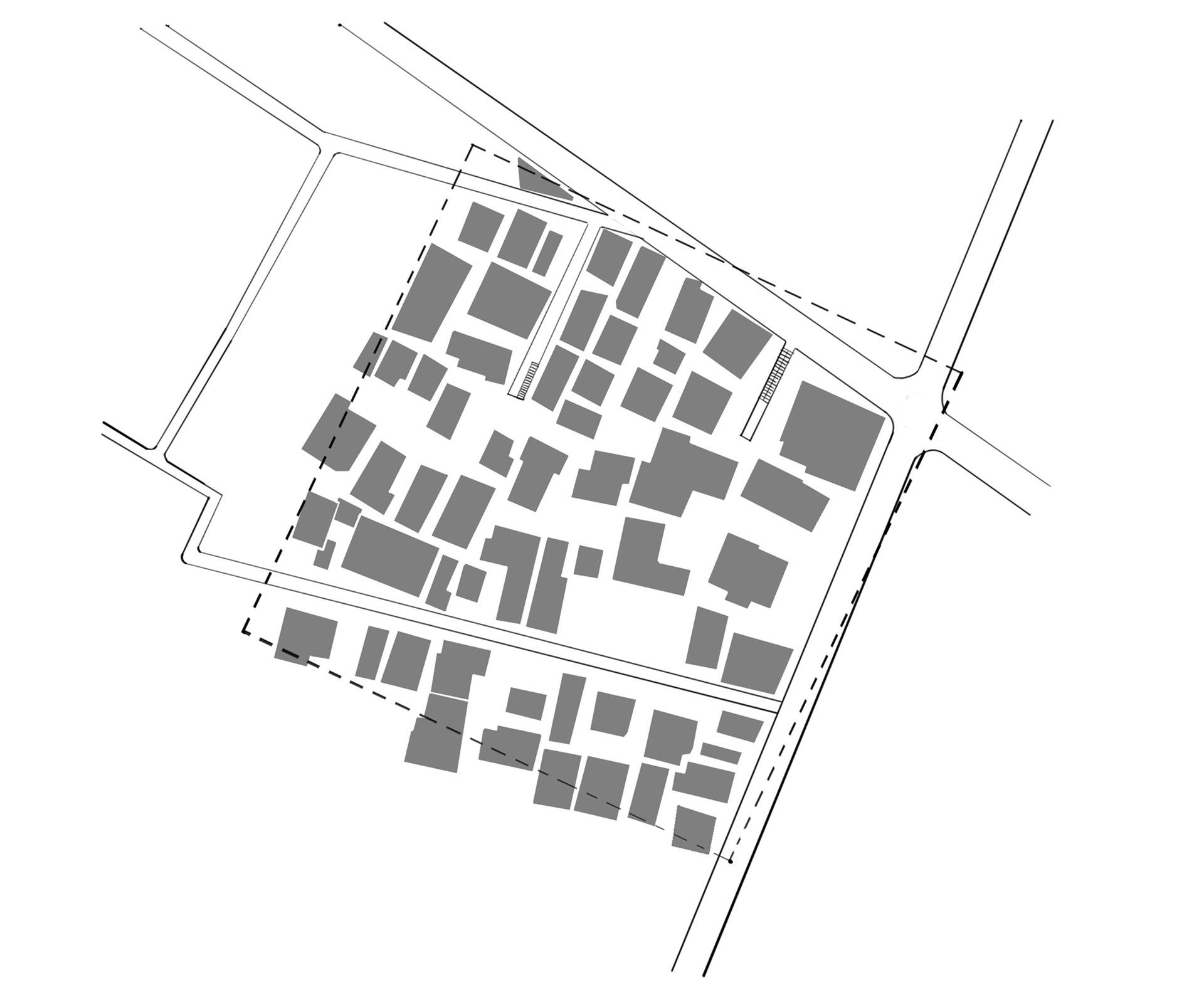
Below: additional example diagrams analyzing the boundaries, greenery, and sectional relationships of the building spaces (all using the Tokyo city block as an example).
